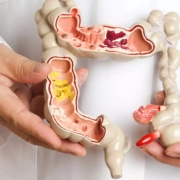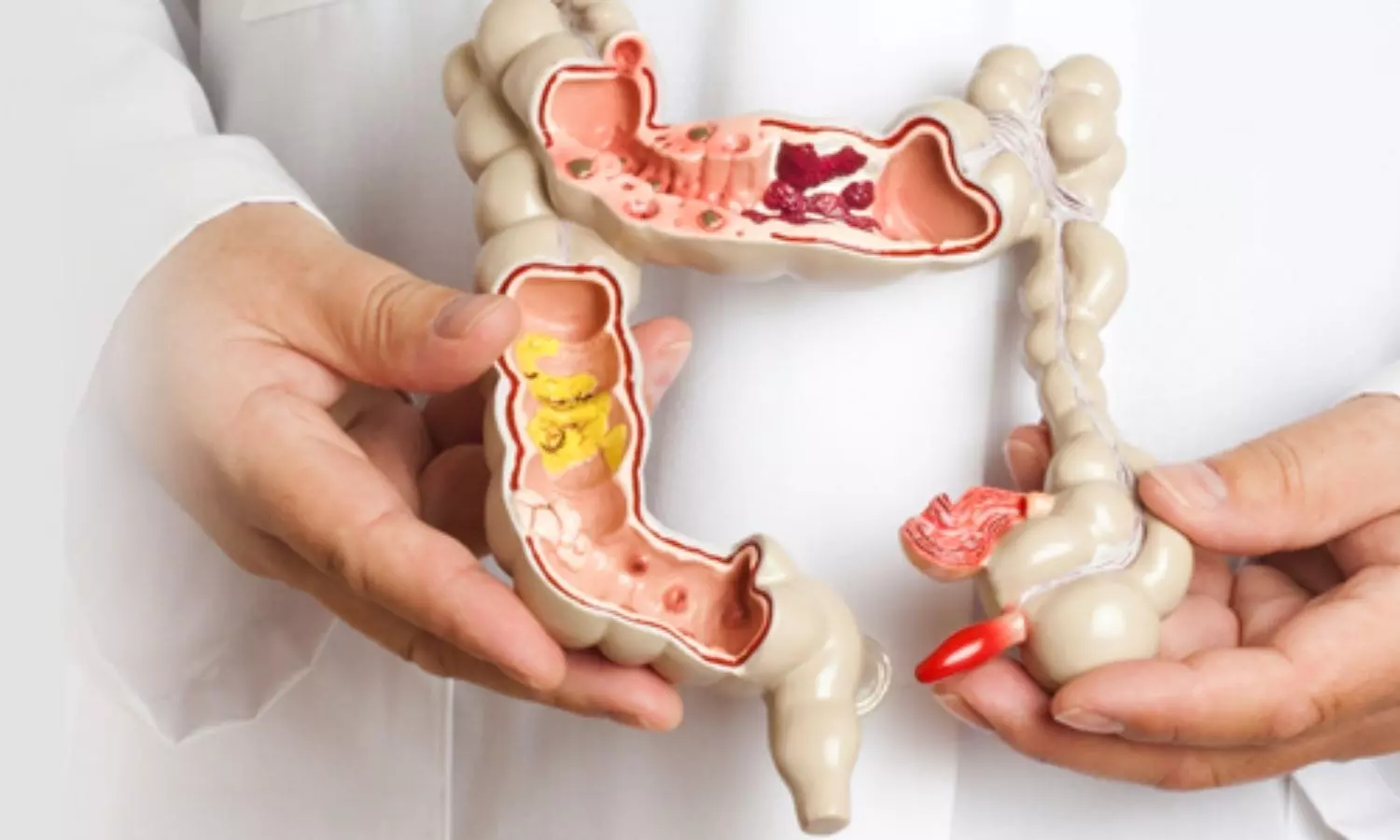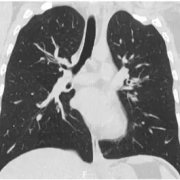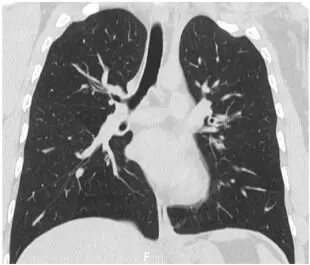26-year-old Thanjavur Medical College Paediatrics Medico dies of heart attack after continuous 2 days of duty

Chennai: In a tragic incident, a 26-year-old PG Paediatrics medico of Thanjavur Medical College passed away on Sunday morning due to a myocardial infarction after being on continuous duty for 2 days.
The PG Paediatrics student was allegedly found dead in the hospital postgraduate duty room after he took permission to take a break as he got severe headaches while on duty on Saturday.
Myocardial Infarction (MI), colloquially known as “heart attack,” is caused by decreased or complete cessation of blood flow to a portion of the myocardium. Myocardial infarction may be”silent,” and go undetected, or it could be a catastrophic event leading to hemodynamic deterioration and sudden death.
Also read- Chennai: 30 Year Old 1st Year Mch Gastroenterology Doctor Found Dead In His Apartment
As per DT NEXT news report, the doctor was on continuous duty for the past two days at the medical college hospital. He was suffering from a severe headache and went to his room at 3 pm to take a break on Saturday afternoon. However, he was found dead in the morning the next day.
The tragic death of the doctor highlights the serious issue of long working hours and the resulting strain on medical professionals, leading to adverse health outcomes.

Medical dialogues team had reported a similar incident in December, this year where a a 30-year-old doctor was found dead under mysterious circumstances at his residence in Chulamedu, Chennai. The victim was pursuing his MCh. in Surgical Gastroenterology at Madras Medical College.
Allegations were laid against the medical college hospital that the doctor reportedly died from excessive workload. However, the hospital authorities denied the allegations and stated that such statements were false.
Expressing concern over these incidents, the Doctor’s Association for Social Equality has called on the Tamil Nadu government to promptly address the issue of extended working hours.
“The Tamil Nadu government should immediately put an end to the long working hours. For practising doctors and postgraduates, only eight hours of work should be ensured. The doctors, nurses and medical staff should be appointed according to the number of patients,” said Dr R Shanthi, a member of the Doctor’s Association for Social Equality.
Furthermore, the association urged the state government to provide a compensation of Rs 50 lakh to the families of the doctors who died on duty and has appealed to the National Medical Commission to intervene and regulate working hours to prevent further tragic incidents.
Speaking to TNIE, Dr G Ravindranath, general secretary of the Doctors’ Association for Social Equality. said “The government should increase doctors’ strength in hospitals by patient ratio. Even today, post graduate doctors and house surgeons are doing 24 – 36 hours of duty. This is creating a huge stress among doctors.”
“In 2023 around 10 postgraduate and MBBS doctors died by suicide or other causes. The worrying fact was that these were young doctors. This is a serious issue and the health department should take steps to prevent these deaths. They should form a Doctors Welfare Board and also offer psychological counselling. Many doctors are stressed due to workload,” – Dr Keerthy Varman, past president of, the Tamil Nadu Medical Students Association informed the daily.
Also read- Mch Gastroenterology Death: Hospital Denies Accusations Of Work Overload
Powered by WPeMatico





















